Rudnik
7.78
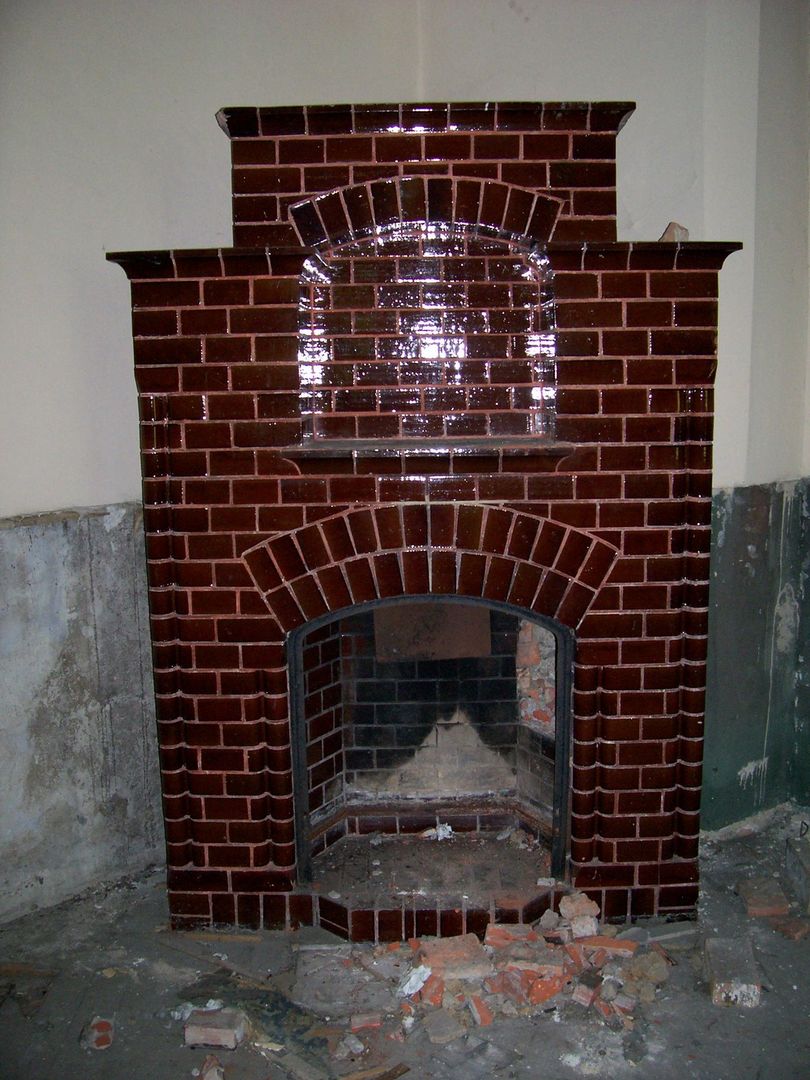
Overview
The Rudnik Commune, located in the Silesian Voivodeship within Racibórz County, was established in 1973. Its administrative seat is in the village of Rudnik, and the commune comprises 15 villages, one settlement, one colony, and two hamlets. The area, rich in agricultural traditions, is characterized by fertile soils, which support crop cultivation and animal husbandry. Among its architectural attractions are the ruins of a Baroque palace in Brzeźnica and the Neo-Gothic Church of the Nativity of the Blessed Virgin Mary in Łubowice. The commune also features valuable roadside chapels and crosses, reflecting local culture and tradition. The cultural heritage linked to craftsmanship and agriculture, which shaped the region's history, is particularly noteworthy. Archaeological research has revealed traces of settlement dating back to the Bronze Age, and the first written mentions of the localities date to the 13th century. Social activity thrives in the Rudnik Commune, including cultural events organized by local associations such as the Joseph von Eichendorff Society. The commune boasts a network of tourist trails, attracting hiking enthusiasts. The life of the local community is also deeply rooted in religious traditions, exemplified by Roman Catholic parishes. Interestingly, in 2011, 25.4% of residents declared German ancestry, highlighting the commune's cultural diversity. Despite earlier pollution complaints, the commune strives to improve environmental conditions while maintaining its agricultural character. Although small in area, the Rudnik Commune possesses a rich cultural heritage that enhances its tourist appeal and preserves local traditions.
Location
You can also find here:

Water mill in Brzeźnica
6.79
Deanery of Racibórz
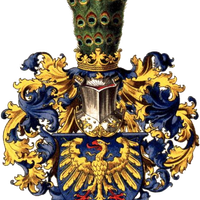
Strzybnik Palace
6.71
Deanery of Racibórz
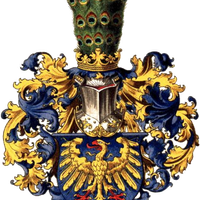
Modzurów Palace
6.68
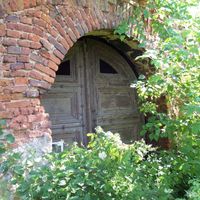
Brzeźnica
6.67
Deanery of Racibórz
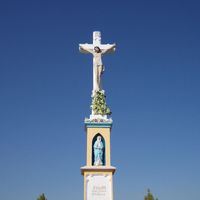
Grzegorzowice
6.67
Deanery of Racibórz
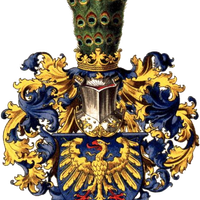
Czerwięcice Palace
6.65
Deanery of Racibórz
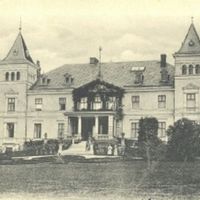
Czerwienczyce
6.53
Deanery of Racibórz
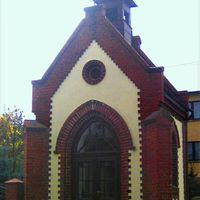
Szczonowice
6.43
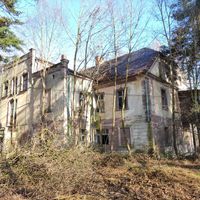
Rudnik Palace
6.35
Deanery of Racibórz
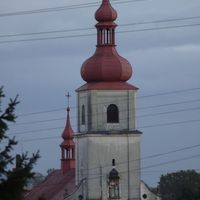
Gamów
6.03
2025 Wizytor | All Rights Reserved